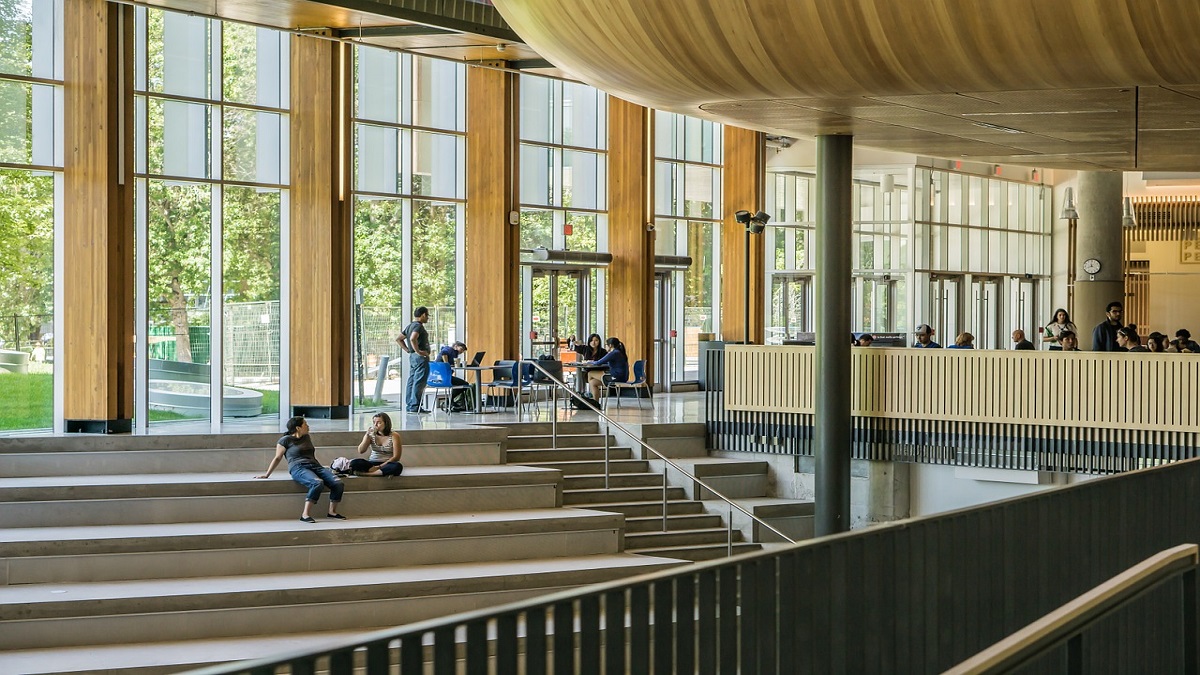Universities for Students With Diverse Backgrounds
Globalisation has affected every region of the world especially students with diverse backgrounds. They now migrate from one part of the world to another, searching for many things. Many people go abroad to find work, and many get higher education. The focus of today’s article will be the latter ones. International students make up most of the population in developed countries. The background of every student can’t be the same.
There are students from several different countries within each developed country. Each student has his/her own background, colour, and race. Keeping this reality in view, universities need to develop policies for students with diverse backgrounds. The real question here is how universities can become inclusive in terms of such students. After all, these international students contribute to the host country’s economy as well. In today’s article, expert assignment writers will be discussing all this, so stay tuned, and give it a fine read.
Importance of Inclusion in Universities
University campuses worldwide are giving admission to more and more international students. Yet simply including the underrepresented groups is not enough. Universities must make students with diverse backgrounds feel included. It is essential because of the rankings system. Nowadays, the basis of QS and other ranking systems includes the domains of diversity, inclusion, and equity. Therefore, universities with more international students enjoy the best ranking.
How to Achieve Inclusion?
After the above discussion, we know that inclusion is essential. But the question here is how universities can achieve inclusion within their campuses. It is obvious that the universities have to make some plans and strategies to ensure this. A brief description of some strategic recommendations is as follows;
Diversity in leadership
Inclusiveness starts from the aspect of leadership. The policymakers of universities, or the top management bodies must also be diverse. The top bodies must include individuals from diverse backgrounds. This is because a diverse group actually comes up with better, and sound decisions. The problems of international students can be best represented by an individual who is from their community, or background. If there is homogeneity in the room, the decision won’t be inclusive. By this I mean that a group of people with the same race, colour, or background will result in homogeneity.
Minority groups often seek diversity and inclusiveness. They also seek an open environment where they can share their ideas, and where they’re sure that the university will listen to them. Thus, universities must include people from diverse backgrounds with respect to the top positions.
Inclusive diversity
Diversity and inclusion go hand in hand. A university practising diversity without inclusion can’t get to the top. Inclusive diversity means that students with diverse backgrounds must be included in management bodies of the university. Like in the scientific societies, research domains, and other activities. Universities must also treat diverse students in good manners. If universities mistreat them, they will all bail out in no time.
The inclusiveness of international students should not be an add-on. This is because it is not simply efficient management of minority students. Inclusive diversity has to be a part of the university. The political pressures must also not play a role in this. For instance, the university makes a policy in response to immense political pressure. The university then ends the policy when the pressure diminishes. These policies must stay for a more extended period. And they should only end when there is a better system in place.
Creating a common identity
All the students in a university must have a common identity. The colour, race, and backgrounds of students shouldn’t be a part of their identities. Undoubtedly, the core identities are the ones above mentioned above. But these should be personal identities, not those for the institution to know them with. The universities must make policies for only students. Most universities make two policies, one for national students, and another one for the international students. This dual policy creates a dual identity. Thus, there must be a shared identity for students with diverse backgrounds in general.
Diverse student bodies
Almost every university has student bodies. These student bodies take care of the rights of students in the university. The world is going towards becoming more culturally diverse, and inclusive in the upcoming years. Diverse student bodies prepare the students for future challenges. Maybe those students will be working with Amazon or Starbucks in the near future. If that is the case they’ll need to travel to different parts of the world where this experience will help them. The universities must also acknowledge the diverse bodies, and support them. They should include them in the arrangement of different events as well. This way, the universities can become more inclusive.
Benefits of Inclusion
There are many benefits that universities can offer to a student in terms of practising inclusion. Given below are some of these benefits;
Enriches educational experience
Inclusion enhances the educational experience of students. Through education, they have a chance to learn from students with diverse backgrounds. This experience will help them in the future when they start working in multinational organisations. The students learn from each other. They learn the cultural values of others, and learn to respect those values as well. This experience overall enhances the harmony among students. Students develop long-term, or short-term relations as well through the educational experience.
Improves communication
The daily interaction of students with each other improves communication. Universities also include minority groups in mega-events. When minority students work with nationals of that country, the language barriers are resolved. An improved, and comprehensive communication aspect takes place as a result. Students also adopt the most professional way when they talk to each other. It’s a significant benefit of ensuring inclusiveness within the universities.
Inclusion and better workforce
Inclusion also prepares the students with diverse backgrounds as a better workforce. Most international students, after studying, don’t go to their home countries. Their university’s diversified, and inclusive environment prepares them better for the future. Societies are becoming more and more diversified globally. This is because inclusion fosters mutual respect and teamwork. It also helps create communities whose members are judged by their character, instead of colour and race.
Conclusion
Diversity and inclusion hold immense importance for universities. This makes it important for the universities to treat students with diverse backgrounds fairly. The leadership groups of a university must also be diverse enough to make the best decisions. The benefits of this inclusion of diverse people are endless. In short, it is helping with the creation of a safer, and peaceful world as well.










